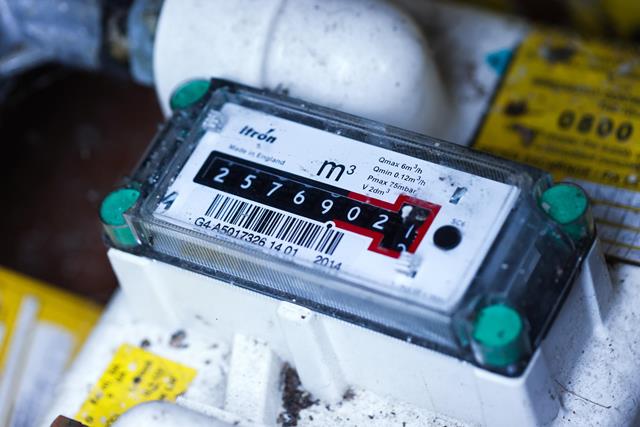As a result of the current inflation surge, the aluminium industry is facing a crisis worldwide. Soaring global energy prices sharply limit the capacities of the geographies where smelting is viable. At its peak, aluminium prices were up 60 per cent. While they have since fallen from that peak, the industry is still in a slump as rising interest rates and fears of a global recession have weakened demand. This price peak and record low inventory levels threaten severe consequences for the downstream industries.
Source: Capital.com
It’s a tough time for Europe right now
A big driver of this increase in prices is the global energy crisis. The stacking effects of the covid lockdowns, the Ukraine-Russia geopolitical crisis and global supply chain disruptions resulted in energy prices worldwide having soared sky-high.
Depending on where you are, electricity costs have escalated from 15 per cent to 500 per cent in Germany. While historically, energy prices comprised 40 per cent of primary aluminium production costs, today, it is around 80 per cent of the cost in Europe.
As the aluminium industry is both energy intensive and very competitive, even a small deviation in electricity prices can cause outsized problems for producers. One tonne of aluminium uses enough electricity to power five high-income households for a year.
The energy shortage has led to a significant cut in European production capacity, with the continent losing more than 1 million tonnes of capacity since 2021. This exceeded a total output capacity of 4.5 million tonnes before the cuts. Another 500,000 tonnes are estimated to be at high risk.
With the current energy exchange prices triple the normal levels, many manufacturers find just the energy costs to be more than the price of aluminium. Some of the firms affected are leaders in the European market.
One analyst even warned that all manufacturing capacity outside Scandinavia might disappear forever.
Industry interest groups have criticised the energy action plan released by the European Commission as needing to focus more on metals and other manufacturing needs. It is not enough to shake off the malaise in the current European market; however, more drastic action might further distort the market for households.
No easy way out for smelters
This crisis in one of the most critical industrial minerals has prompted many to research ways to increase efficiency or find cheaper energy sources. However, some issues come in the form of a silver bullet. The main alternatives being looked at are reducing the energy consumption per unit of production, changing energy sources from fossil fuels to renewables, and increasing the proportion of recycled metal.
China has driven a reduction in the energy intensity of aluminium production. By investing in the latest industrial technologies, it has rapidly gone from one of the most energy-intensive to one of the least energy-intensive producers. The Chinese Communist Party’s aggressive green drive has also been one of the factors behind this. However, industry experts now estimate that China has tapped out its potential to improve efficiency further, limiting the scope of any relief from that front.
The drive to switch from fossil fuels to renewable energy sources has also created a chicken-and-egg problem. While switching to green energy would reduce emissions from the industry and offset price increases from unstable fossil fuel supplies, demand will also increase in turn. This is because aluminium is a critical mineral in many green technologies such as solar PV Cells, EVs and batteries, hydro and wind turbines, and even hydrogen energy. It remains to be seen whether the costs from the shaky geopolitics of oil and natural gas will balance this induced demand.
A third way to increase recycling shows more promise, as secondary production uses a fraction of the energy compared to primary production. While there are some big problems here, especially in China, this is the most promising of the solutions currently at hand. It is estimated that recycling uses only 5% of the energy. However, as recycling rates for aluminium are high already, it remains to be seen how much potential remains in this market.
Either way, the importance of aluminium to the green transition and other high-value fields and the need to cut emissions (around 3 per cent of global industrial emissions) means that a lot more effort and resources need to be dedicated to solving this issue soon.



